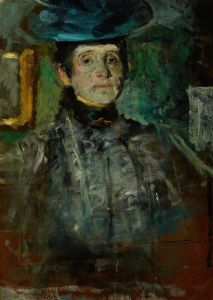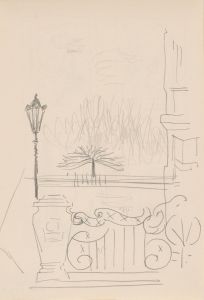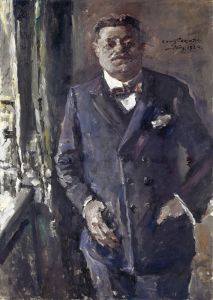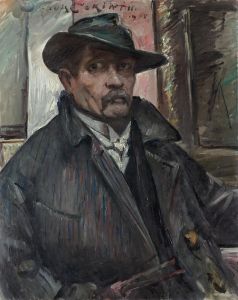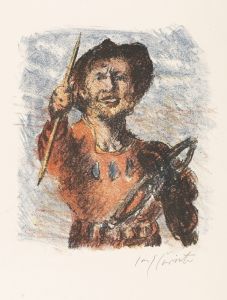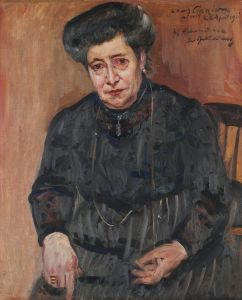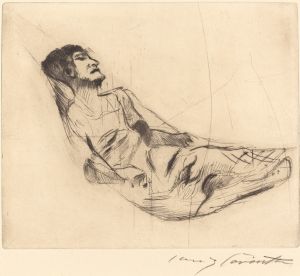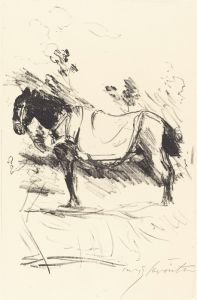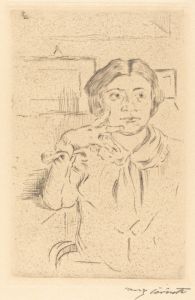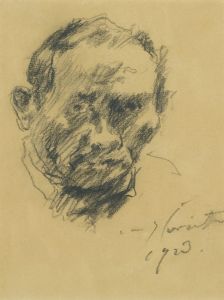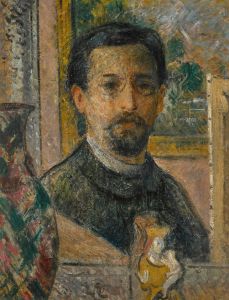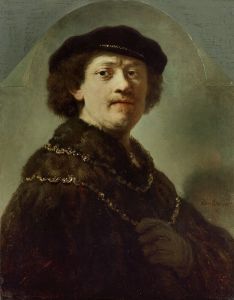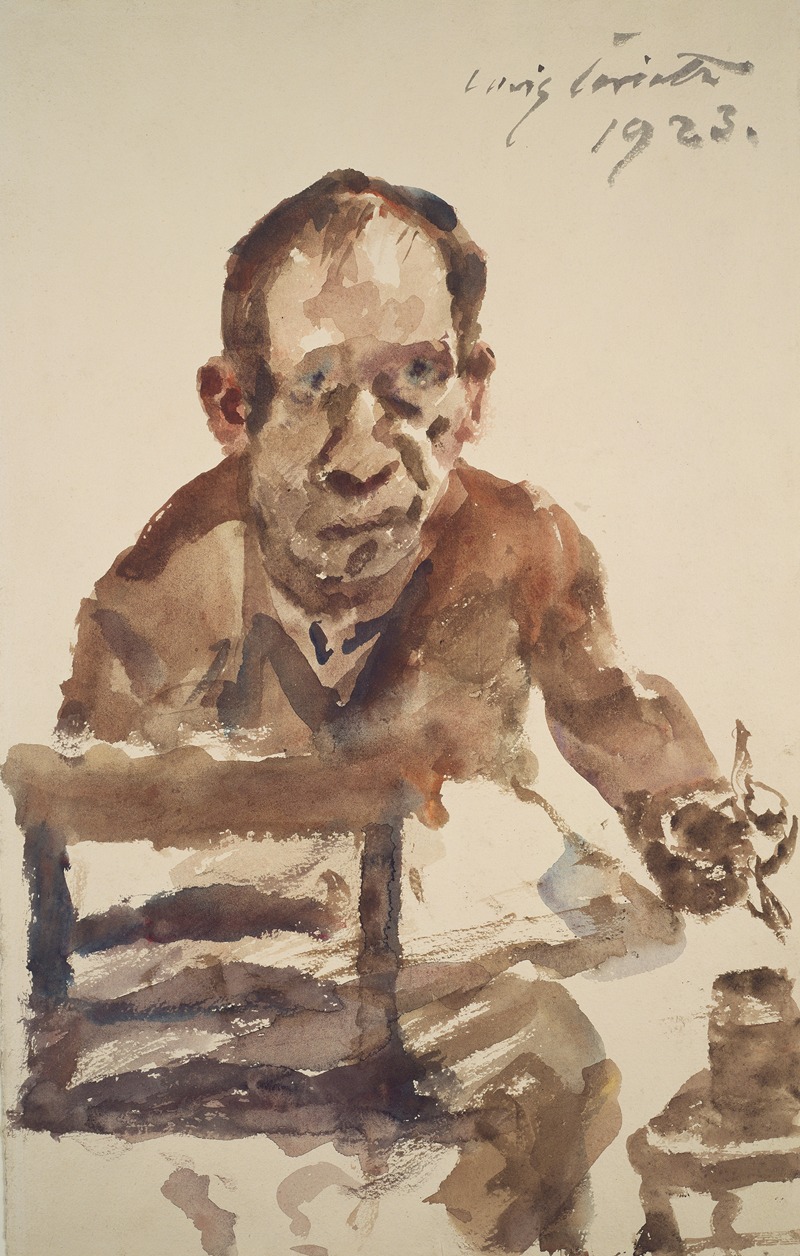
Self-Portrait
A hand-painted replica of Lovis Corinth’s masterpiece Self-Portrait, meticulously crafted by professional artists to capture the true essence of the original. Each piece is created with museum-quality canvas and rare mineral pigments, carefully painted by experienced artists with delicate brushstrokes and rich, layered colors to perfectly recreate the texture of the original artwork. Unlike machine-printed reproductions, this hand-painted version brings the painting to life, infused with the artist’s emotions and skill in every stroke. Whether for personal collection or home decoration, it instantly elevates the artistic atmosphere of any space.
Lovis Corinth, a prominent German painter and printmaker, is known for his significant contributions to the transition from Impressionism to Expressionism in the late 19th and early 20th centuries. Among his extensive body of work, Corinth's self-portraits stand out for their introspective depth and technical mastery. One of his notable self-portraits, "Self-Portrait by Lovis Corinth," exemplifies his unique style and personal exploration through art.
Lovis Corinth was born on July 21, 1858, in Tapiau, East Prussia (now Gvardeysk, Russia). He studied art in Königsberg, Munich, and Paris, where he was influenced by various art movements and developed his distinctive approach. Corinth's work is characterized by vigorous brushwork, vibrant colors, and a keen interest in the human condition, often reflecting his own psychological and emotional states.
"Self-Portrait by Lovis Corinth" is one of many self-portraits he created throughout his career. These works serve as a visual diary, documenting his evolving self-perception and artistic development. Corinth's self-portraits are notable for their candidness and emotional intensity, often revealing his struggles and triumphs as an artist and individual.
In this particular self-portrait, Corinth employs a dynamic composition and expressive brushstrokes, which are hallmarks of his mature style. The painting captures Corinth's visage with a sense of immediacy and presence, inviting viewers to engage with the artist on a personal level. His use of color and light adds depth and dimension to the portrait, highlighting his skill in rendering the complexities of human expression.
Corinth's self-portraits are also significant for their exploration of identity and self-reflection. They provide insight into his personal life, including his experiences with illness and aging. In 1911, Corinth suffered a stroke that affected his motor skills, leading to a noticeable change in his artistic style. His later self-portraits often depict a more somber and introspective mood, reflecting his resilience and adaptability as an artist.
Throughout his career, Corinth was associated with the Berlin Secession, an art movement that sought to challenge the conservative art establishment in Germany. His work was well-received, and he became a leading figure in the German art scene. Corinth's self-portraits, including this one, are celebrated for their technical proficiency and emotional depth, offering a window into the artist's soul.
"Self-Portrait by Lovis Corinth" is housed in various collections and has been exhibited in numerous galleries and museums, contributing to Corinth's enduring legacy in the art world. His self-portraits continue to be studied and admired for their innovative approach and profound insight into the human experience.
In summary, "Self-Portrait by Lovis Corinth" is a testament to the artist's skill and introspective nature. It exemplifies his ability to convey complex emotions and personal narratives through the medium of paint, solidifying his place as a pivotal figure in the history of modern art.





